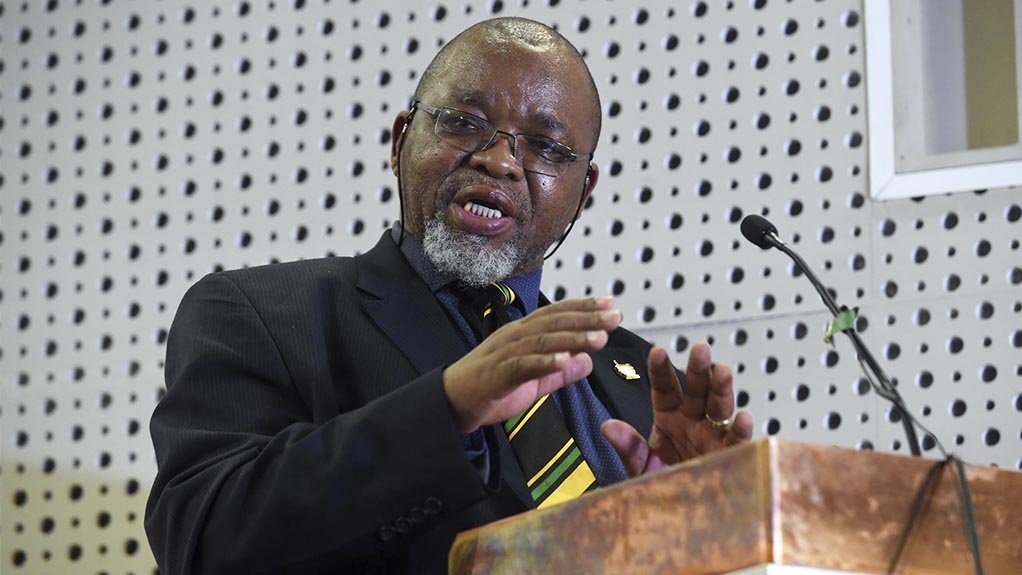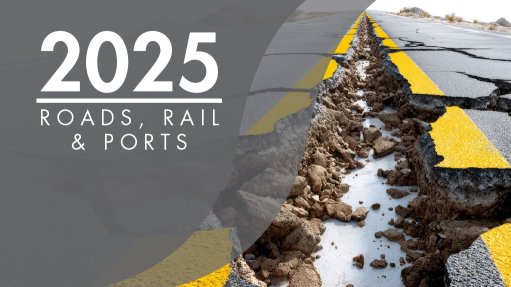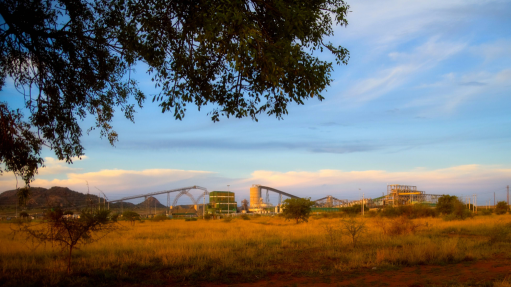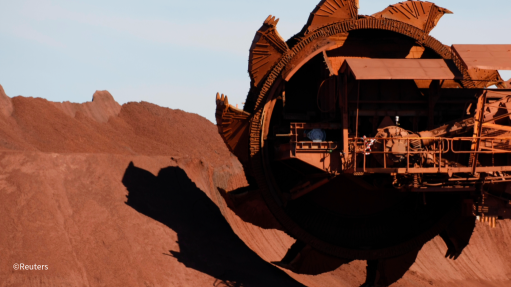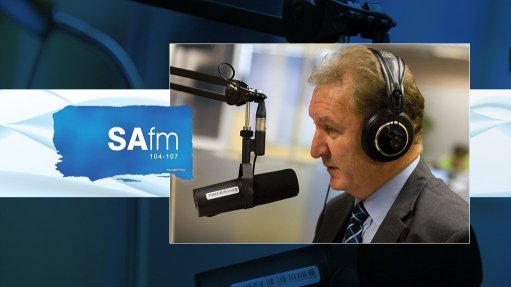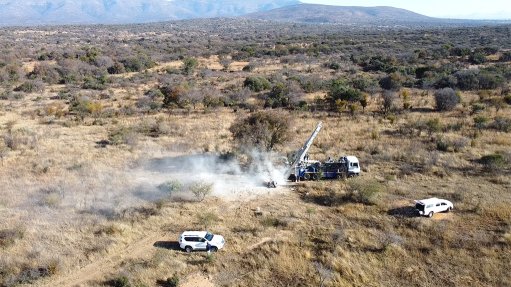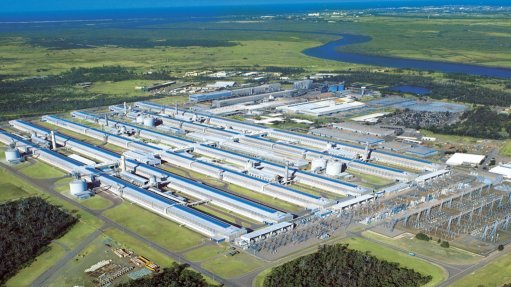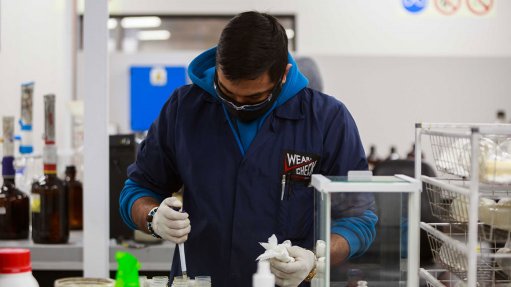Mantashe wants all diamond producers to contribute towards collective diamond marketing efforts
After attending a high-level Ministerial roundtable in Luanda, Angola, in June, Mineral and Petroleum Resources Minister Gwede Mantashe has proposed that South African diamond producers contribute 1% of their revenue to a joint initiative aimed at revitalising diamond sales through collective marketing.
At the roundtable event, which brought together Ministers from major African diamond-producing countries such as Botswana, Namibia, South Africa, Sierra Leone and the Democratic Republic of Congo, one of the key discussions focused on the global decline in demand and prices for natural diamonds, which is placing the industry under significant pressure.
A proposed solution is to invest in reinvigorating the marketing of natural diamonds, with a call for collective financial contributions to support a sustainable global marketing strategy.
Mantashe brought this proposal before diamond industry stakeholders at a sector engagement session held in Kempton Park on August 5.
“There was a long discussion about it and they wanted us to sign an accord. I said, in terms of South Africa’s culture, I can't sign that accord before doing two things. First, I must take it to Cabinet so that government is aware of the Accord.
“Second, I said I can't sign the agreement before speaking to the diamond producers. I can’t commit them to a 1% contribution towards the marketing of natural diamonds without consulting them,” Mantashe said.
While some of the larger diamond producers voiced conditional support for the proposal, South African Diamond Producers Association chairperson Gert van Niekerk, who was present at the stakeholder engagement, pushed back against the idea, stating that small-scale diamond producers that were barely surviving would not be able to afford a 0.1% contribution without going under, let alone a 1% contribution.
“I represent the smaller side of the producing industry – the non-listed companies – and the fact of the matter is, there is no way we can afford, at this stage, 1% of turnover. In principle, we do agree about the marketing effort. Where we disagree is the way we are going to finance that,” he said.
Former Orion Minerals CEO and Minerals Council South Africa Junior Exploration and Mining Leadership Forum chairperson Errol Smart offered an alternative view, suggesting that, since all diamond producers in the country already pay between 3% and 7% of their revenue to the State as a royalty, a portion of those funds should be redirected towards the collective diamond marketing effort.
“Surely that is a proper diversion of funds to keep this industry alive. Otherwise, it will fall over, and the whole 3% to 7% will be lost. We're dealing with an industry that's running on broke.
“De Beers, as one of the long-life companies, has been able to build up treasuries to survive this. The junior sector, the small-scale miners, are running in the red at the moment. A 1% reduction in revenue at the moment will kill them,” he said at the event.
However, the rebuttals from these and other key industry stakeholders appeared to fall on deaf ears.
“I think there is support for the proposal for the 1%. The original proposal was that it should be extended to all players in the value chain, but the proposal also acknowledged that not everyone is operating at the same level.
“I think we should consider the option of implementing it at different levels,” Mineral and Petroleum Resources deputy director-general Tseliso Maqubela said.
Mantashe, meanwhile, obfuscated the argument by quibbling over semantics.
“You say the non-listed companies can’t afford 1%. I'm not sure if listing or non-listing really makes a distinction. I know of many big companies that are not listed. So, it's not the listing that makes it impossible to pay 1%, it's the capacity of the revenue you generate,” he said.
He went on to argue that taking royalties from the State to fund marketing would be illogical and unfair to other players in the broader mining sector.
“Everyone suggests that we . . . tax the State to fund the marketing of rough diamonds. But extend that logic. When gold – which is currently doing very well and pays a lot of royalties – runs into problems, we must give that money back. We must then intervene in gold.
“And by that reasoning, we must do the same with chrome. Chrome has been flooded by Chinese supply, and the price has collapsed. That means chrome producers must go to the State and say: give us back those royalties. Just think about it, whether that’s logical or not in any way,” Mantashe reasoned.
He insisted that the diamond industry, small and large players alike, was responsible for its own fate.
“The diamond sector must be visible. It must be vocal. We must promote diamonds as being precious, as being vulnerable. That's why that marketing fund is important. We must tell the world how precious natural diamonds are. That's what it is all about. And I'm offering to be the chief marketer of diamonds, but you must commit the 1%, then I manage it,” Mantashe said.
Article Enquiry
Email Article
Save Article
Feedback
To advertise email advertising@creamermedia.co.za or click here
Press Office
Announcements
What's On
Subscribe to improve your user experience...
Option 1 (equivalent of R125 a month):
Receive a weekly copy of Creamer Media's Engineering News & Mining Weekly magazine
(print copy for those in South Africa and e-magazine for those outside of South Africa)
Receive daily email newsletters
Access to full search results
Access archive of magazine back copies
Access to Projects in Progress
Access to ONE Research Report of your choice in PDF format
Option 2 (equivalent of R375 a month):
All benefits from Option 1
PLUS
Access to Creamer Media's Research Channel Africa for ALL Research Reports, in PDF format, on various industrial and mining sectors
including Electricity; Water; Energy Transition; Hydrogen; Roads, Rail and Ports; Coal; Gold; Platinum; Battery Metals; etc.
Already a subscriber?
Forgotten your password?
Receive weekly copy of Creamer Media's Engineering News & Mining Weekly magazine (print copy for those in South Africa and e-magazine for those outside of South Africa)
➕
Recieve daily email newsletters
➕
Access to full search results
➕
Access archive of magazine back copies
➕
Access to Projects in Progress
➕
Access to ONE Research Report of your choice in PDF format
RESEARCH CHANNEL AFRICA
R4500 (equivalent of R375 a month)
SUBSCRIBEAll benefits from Option 1
➕
Access to Creamer Media's Research Channel Africa for ALL Research Reports on various industrial and mining sectors, in PDF format, including on:
Electricity
➕
Water
➕
Energy Transition
➕
Hydrogen
➕
Roads, Rail and Ports
➕
Coal
➕
Gold
➕
Platinum
➕
Battery Metals
➕
etc.
Receive all benefits from Option 1 or Option 2 delivered to numerous people at your company
➕
Multiple User names and Passwords for simultaneous log-ins
➕
Intranet integration access to all in your organisation



